Oct 14, 2018
Winter Japanese Cooking Styles
For the flipside, check Summer Japanese Cooking Styles.
For minimal cooking style, winter version, there are a few key types of zc. Of course hot foods will help warm up you and the house, but it doesn't need to be complicated.
As always, I'm keeping the focus on local and seasonal foods.
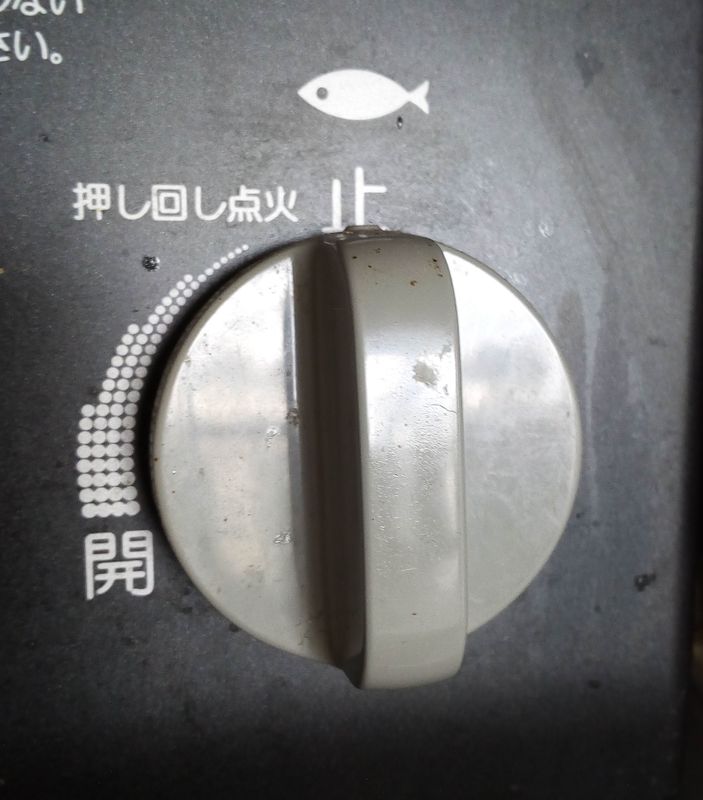
Nabemono
Nabe is literally 'pot' in Japanese, so it's any type of cooking heating everything in a big pot. Some people use a traditional donabe which is a ceramic pot, but any type will do. This is a type of cooking my husband does on the weekends during the colder season. I love when he cooks because he'll make enough for a few meals and I can take a break from cooking, yay! Plus it's so yummy.
There's tons of variety, from lemon or soy sauce based broths to soy milk or cheese types of nabe. It's easy to buy the base in any store and follow their recommendations for what veggies and proteins fit with the flavor. The point is to use up what you have and seasonal veggies. (In that way it's like the Japanese version of a casserole, maybe?)
My husband looked up a few recipes online and uses those for homemade nabe, which isn't a ton of work. It's a matter of finding the ingredients and is fairly straightforward. First you make a base soup similar to dashi and boil it. Next you add veggies and seafood or meat if you'd like. It's possible to add rice or noodles to the soup when you reheat leftovers, and a lot of people do this. We can also add more soft veggies when reheating leftovers to extend them. Miso soup can even be considered a nabemono, as there is a miso based nabe broth.
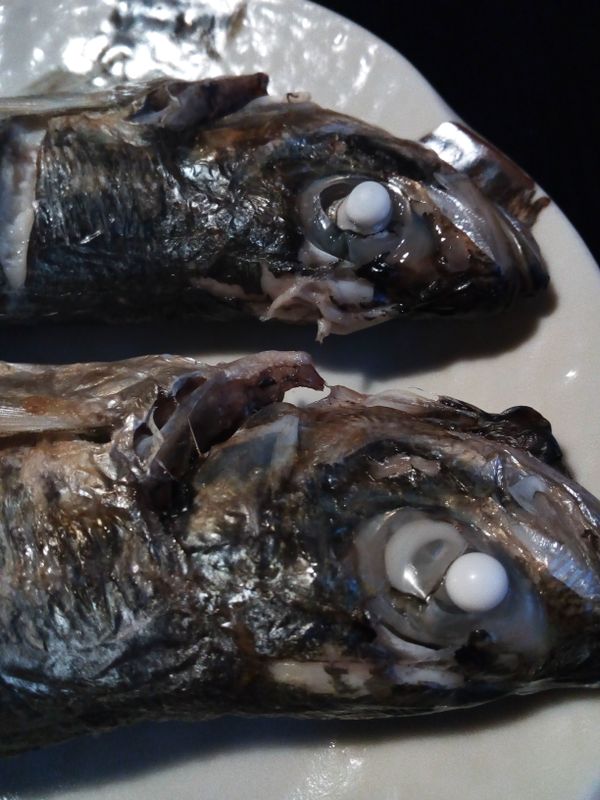
Eeeew, eyeballs.
Yakimono would be anything fried in a pan or on a grill.
We don't do deep frying at home because it's messy and you end up with a lot of oil that is sort of a waste. Rarely, I'll do a little breading to fry in the frying pan. It's not as healthy and extra work, even if it is tasty. Usually we only eat deep fried foods in a restaurant.
But... I love grilling veggies in season, and of course there's the option to grill fish as well.
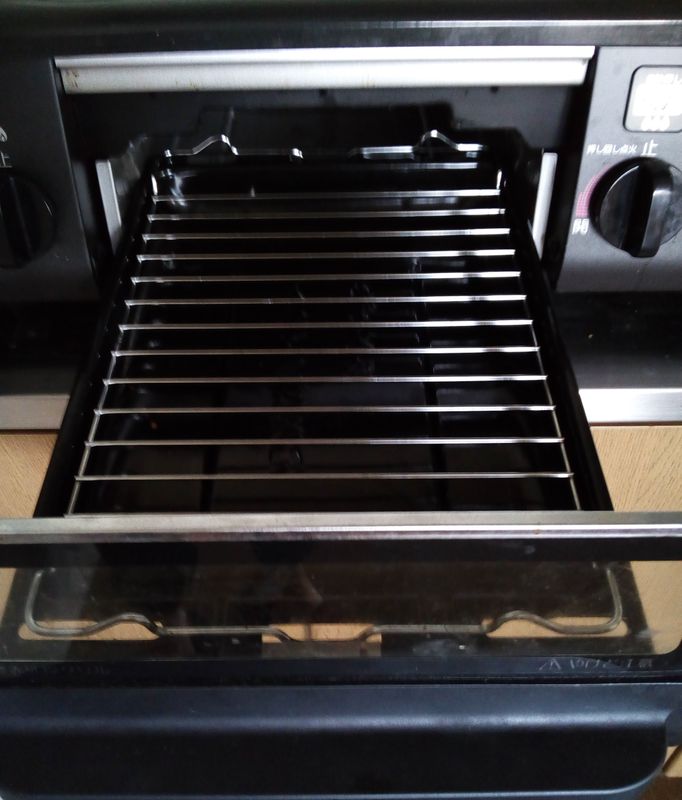
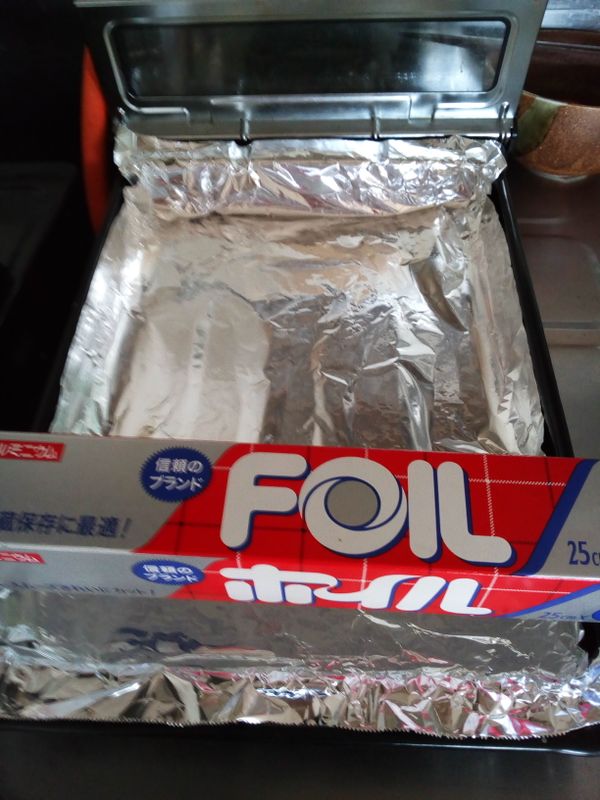
Foil is the perfect width for the grill
My super easy grilling technique is to cut veggies into bite size, depending on how fast they cook. I set some foil in the grill and lay out potatoes and garlic, for example. Next I pour some olive oil over the veggies and add spices like salt and pepper, basil and rosemary. Grill until the veggies are the way you like to eat them.
It's one of those things that's easy to cook while you're prepping something else or if you have too much of something. Not exactly Japanese style, especially because I mostly make 'fried potatoes' then put some cheese on them.
Another style of yakimono is using a frying pan. This includes so much, but one standard for us is to fry some chopped garlic, onion, ginger, etc. then add tofu and/or any vegetable that cooks quickly like spinach, cabbage, etc. mirin and tsuyu or soy sauce can be added for flavor and to steam the veggies a little. Once they are cooked enough, you can also add some scrambled egg. This is our everyday breakfast donburi.
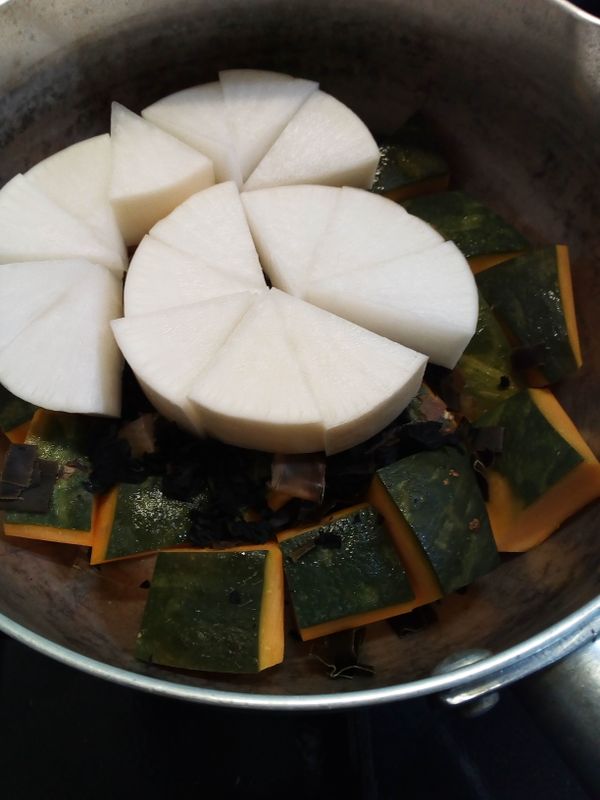
Kabocha and daikon starting out the nimono.
Nimono is a winter standard in Japan. Oden is one well known example. There are a lot of other dishes that would be considered nimono that you may have eaten: kinpira, nikujaga, and bean salads. It's just a food boiled in dashi made from mirin and soy sauce or tsuyu, plus some kombu and katsuobushi if you'd like. I like to use a drop lid and cook something like radish or pumpkin plus a softer veggie like cabbage. It's very easy and makes a nice side dish. This is probably my favorite type of Japanese food to eat, so I love that it's easy to cook.
Mazegohan (explained in the summer article) is also great for winter. My autumn favorite is collecting some wild chestnuts to make kuri-gohan. Yum!
I'm going to add menrui to this list too, but hot noodles. Most people think of ramen when they think of Japanese noodles, but there's a lot of variety and cold versions too. Most noodles are originally Chinese cooking, like ramen and sara udon. Adding noodles to hot broth (or your nabe) is always welcome during winter. Besides ramen, try udon, chanpon, soba, somen, japche (Korean style), harume (bean based clear noodles popular in southeast Asia), etc. You can even find 'noodles' made from konyaku root or seaweed, if you'd like to avoid gluten.
Any simple winter standards I forgot?



0 Comments